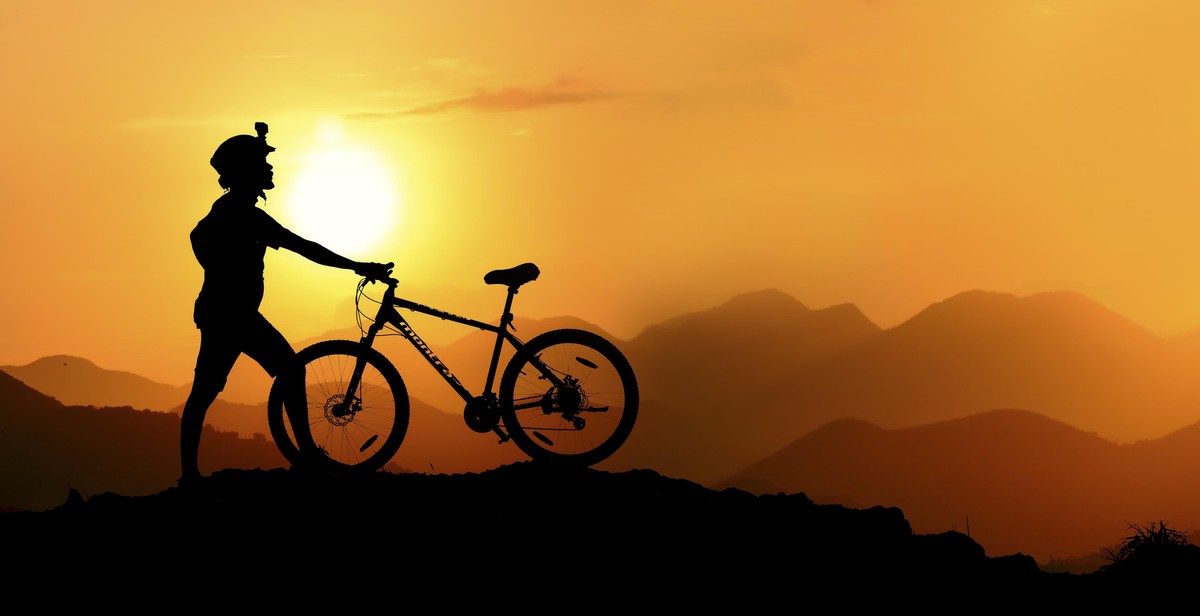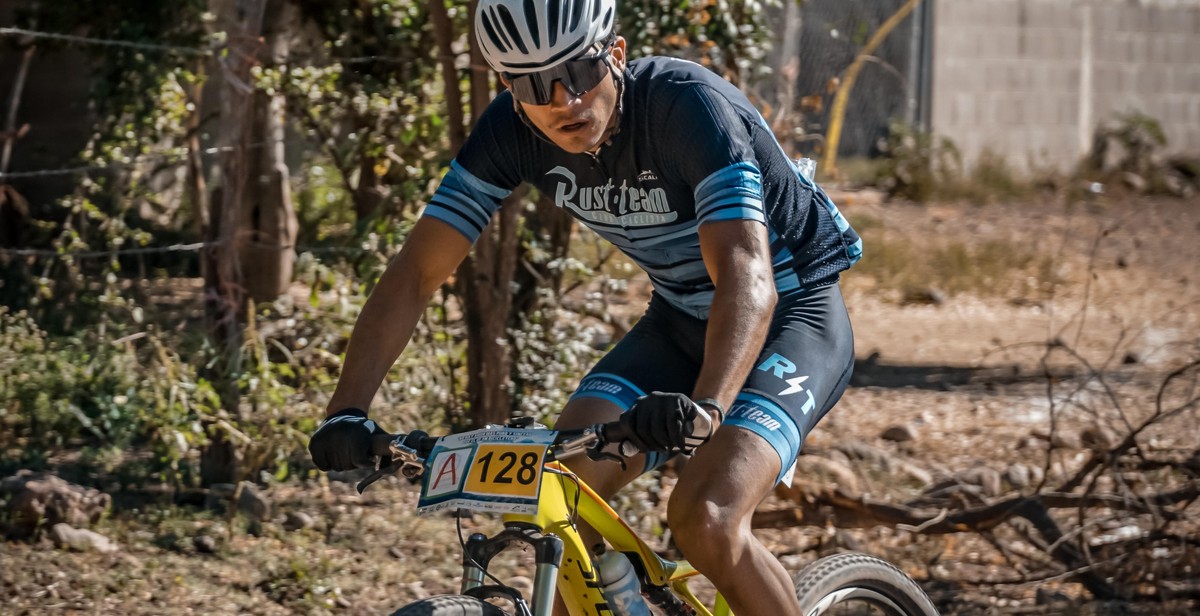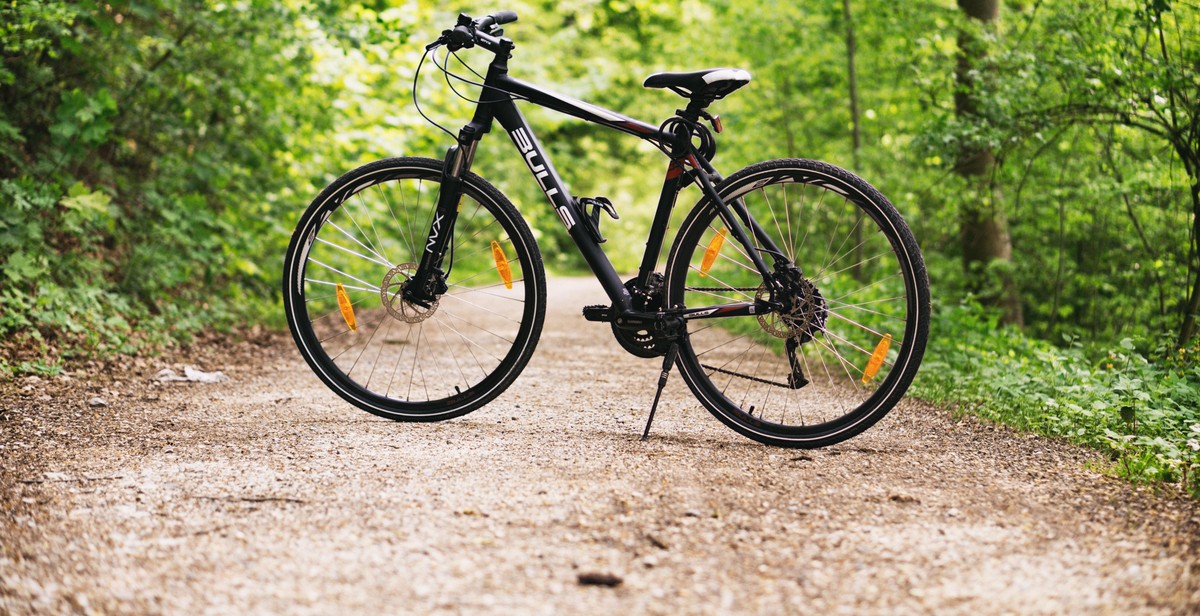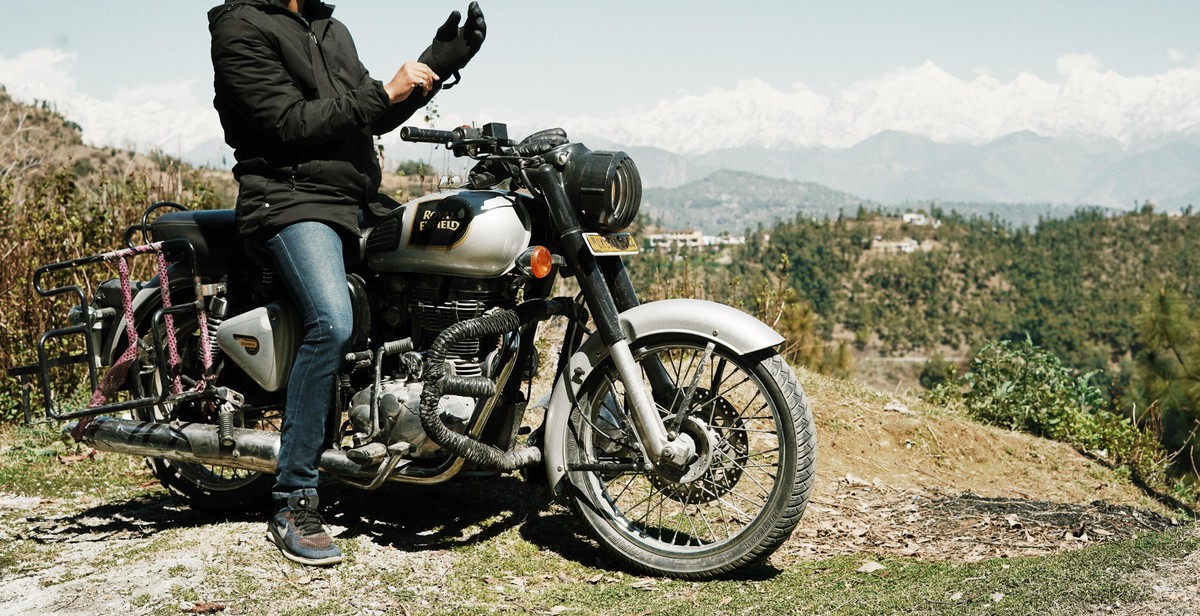How to Choose the Right Mountain Bike for Trail Riding Adventures
Mountain biking is an exhilarating activity that allows you to explore beautiful trails and enjoy the great outdoors. However, choosing the right mountain bike can be a daunting task, especially if you’re new to the sport. With so many options available, it can be overwhelming to determine which bike is the best fit for your riding style and needs.
Consider Your Riding Style
Before purchasing a mountain bike, it’s important to consider your riding style. Do you prefer cross-country riding or downhill? Are you planning to ride on technical terrain or smooth trails? Answering these questions will help you determine the type of bike that’s best suited for your needs.
Frame Material
The frame material of a mountain bike plays a significant role in its performance and durability. Aluminum frames are affordable and lightweight, while carbon fiber frames offer better shock absorption and are more expensive. Steel frames are durable but heavy, while titanium frames are lightweight and durable but come at a high price.
Suspension
The suspension of a mountain bike determines its ability to absorb shocks and impacts. Full suspension bikes have both front and rear suspension, making them ideal for technical terrain and downhill riding. Hardtail bikes have a front suspension only and are suitable for cross-country riding and smooth trails.
Wheel Size
The wheel size of a mountain bike affects its stability, maneuverability, and speed. 26-inch wheels are lightweight and responsive, while 27.5-inch wheels offer a balance between speed and stability. 29-inch wheels provide better stability and roll over obstacles easily.
By considering these factors, you can choose the right mountain bike for your trail riding adventures and enjoy a safe and thrilling experience.
What to Consider Before Buying a Mountain Bike
Choosing the right mountain bike for your trail riding adventures can be a daunting task, especially if you’re new to the sport. There are several factors to consider before making a final decision, such as your riding style and terrain, frame material, wheel size, suspension system, and brakes. Here’s a closer look at each of these factors:
Riding Style and Terrain
One of the most important factors to consider before buying a mountain bike is your riding style and the terrain you’ll be riding on. If you’re an aggressive rider who loves to take on technical trails and jumps, a full-suspension bike with a sturdy frame and wide tires might be the best option for you. On the other hand, if you prefer smooth trails and cross-country riding, a hardtail bike with a lightweight frame and narrow tires might be a better fit.
Frame Material
The material used to make the bike’s frame is another important factor to consider. Aluminum frames are popular due to their lightweight and durability, while carbon fiber frames offer even more lightweight and stiffness. Steel frames are also an option, but they tend to be heavier and less common.
Wheel Size
Wheel size is another important factor to consider when choosing a mountain bike. 29-inch wheels are popular for their ability to roll over obstacles and maintain momentum, while 27.5-inch wheels offer more maneuverability and better acceleration. 26-inch wheels are less common but still popular among some riders.
Suspension System
The suspension system on a mountain bike is designed to absorb shock and provide a smoother ride. Full-suspension bikes have both front and rear suspension, while hardtail bikes only have front suspension. The type of suspension system you choose will depend on your riding style and the terrain you’ll be riding on.
Brakes
Brakes are an essential component of any bike, and mountain bikes are no exception. Disc brakes are the most common type of brake found on mountain bikes, and they offer excellent stopping power and control. Some bikes also come with hydraulic disc brakes, which are even more powerful and provide better modulation.
By considering these factors before making a final decision, you’ll be able to choose the right mountain bike for your trail riding adventures.

Types of Mountain Bikes
Mountain bikes come in different types, each designed to suit specific riding styles. Understanding the different types of mountain bikes can help you choose the right one for your trail riding adventures. Here are the most common types of mountain bikes:
Cross-Country (XC) Bikes
Cross-country bikes are designed for speed and efficiency on smooth trails and rolling terrain. They feature lightweight frames, narrow tires, and a rigid or front suspension fork. Cross-country bikes are ideal for riders who prioritize speed and endurance over technical terrain.
Trail Bikes
Trail bikes are versatile all-arounders that can handle a variety of terrain, from smooth and flowy to rugged and technical. They feature full suspension, wider tires, and a more relaxed geometry than cross-country bikes. Trail bikes are ideal for riders who want a bike that can handle all types of trails without sacrificing speed or agility.
All-Mountain (Enduro) Bikes
All-mountain bikes are designed for aggressive riding on steep and technical terrain. They feature full suspension, wider tires, and a slack geometry that inspires confidence on descents. All-mountain bikes are ideal for riders who want a bike that can handle challenging terrain while still being able to climb efficiently.
Downhill (DH) Bikes
Downhill bikes are designed for high-speed descents on steep and technical terrain. They feature full suspension, wide tires, and a slack geometry that provides stability and control at high speeds. Downhill bikes are ideal for riders who prioritize downhill performance over uphill efficiency.
Fat Bikes
Fat bikes are designed for riding on soft and loose terrain, such as snow, sand, and mud. They feature oversized tires that provide flotation and traction on soft surfaces. Fat bikes have a more relaxed geometry than other mountain bikes and are ideal for riders who want to explore off-road terrain that is not accessible with traditional mountain bikes.
| Mountain Bike Type | Features | Ideal Terrain |
|---|---|---|
| Cross-Country (XC) Bikes | Lightweight frame, narrow tires, rigid or front suspension fork | Smooth trails, rolling terrain |
| Trail Bikes | Full suspension, wider tires, relaxed geometry | Varied terrain, from smooth to technical |
| All-Mountain (Enduro) Bikes | Full suspension, wider tires, slack geometry | Aggressive terrain, steep descents |
| Downhill (DH) Bikes | Full suspension, wide tires, slack geometry | Steep and technical descents |
| Fat Bikes | Oversized tires, relaxed geometry | Soft and loose terrain, such as snow, sand, and mud |

Sizing and Fit
Choosing the right size and fit of a mountain bike is crucial for a comfortable and enjoyable ride. A bike that is too small or too big can cause discomfort, affect your balance, and make it difficult to control the bike.
Factors to Consider
There are several factors to consider when choosing the right size and fit for your mountain bike:
- Height: Your height is the most important factor to consider when choosing the right size of a mountain bike. A bike that is too small or too big can cause discomfort and affect your balance.
- Inseam: Your inseam measurement is also important when choosing the right size of a mountain bike. It determines the length of the seat tube and the height of the saddle.
- Reach: The reach of a mountain bike determines the distance between the saddle and the handlebars. It affects your comfort and control over the bike.
- Standover Height: The standover height is the distance between the ground and the top tube of the bike when you stand over the bike. It determines how easy it is to get on and off the bike.
Size Charts
Mountain bike manufacturers provide size charts that can help you choose the right size and fit for your bike. These size charts are based on your height and inseam measurement.
| Height | Inseam | Frame Size |
|---|---|---|
| 5’2″ – 5’6″ | 27″ – 29″ | Small (15″ – 16″) |
| 5’6″ – 5’10” | 30″ – 32″ | Medium (17″ – 18″) |
| 5’10” – 6’1″ | 33″ – 35″ | Large (19″ – 20″) |
| 6’1″ – 6’4″ | 36″ – 38″ | X-Large (21″ – 22″) |
Test Ride
It is always a good idea to test ride a mountain bike before purchasing it. This will give you a feel for the bike and help you determine if it is the right size and fit for you.
Overall, choosing the right size and fit of a mountain bike is crucial for a comfortable and enjoyable ride. Consider your height, inseam, reach, and standover height, and use size charts provided by manufacturers to help you choose the right size. And always test ride the bike before making a purchase.

Additional Features to Consider
Aside from the basics, there are additional features that can make a big difference in your trail riding experience. Here are some things to consider:
Dropper Seatpost
A dropper seatpost allows you to adjust your saddle height on the fly, without having to stop and manually adjust it. This is especially useful when you encounter steep descents or technical sections of the trail. With a dropper seatpost, you can quickly lower your saddle to get your weight back and lower your center of gravity, giving you more control and stability. When it’s time to climb again, you can easily raise your saddle to the appropriate height.
Tubeless Tires
Tubeless tires are becoming increasingly popular in the mountain biking world, and for good reason. They offer several benefits over traditional tires with inner tubes. First, they are less prone to punctures and pinch flats because there is no tube to pinch between the tire and rim. Second, they allow you to run lower tire pressures, which can improve traction and comfort. Finally, they are typically lighter than traditional tires and tubes, which can improve the overall performance of your bike.
Pedals
Choosing the right pedals is important for both comfort and performance. Flat pedals are a good choice for beginners or riders who prefer a more casual riding style. They allow you to easily put a foot down if needed and provide a large platform for your foot to rest on. Clipless pedals, on the other hand, require special shoes with cleats that clip into the pedal. They provide a more secure connection between your foot and the pedal, which can improve power transfer and control.
Handlebars and Stem
The handlebars and stem can have a big impact on your riding position and comfort. Wide handlebars can provide more stability and control on technical terrain, while narrow handlebars can be more aerodynamic and provide a more aggressive riding position. The stem length and angle can also affect your riding position, with shorter stems providing a more upright position and longer stems providing a more stretched-out position.
| Feature | Benefits |
|---|---|
| Dropper Seatpost | Allows for quick and easy saddle height adjustments |
| Tubeless Tires | Less prone to punctures and pinch flats, allows for lower tire pressures, lighter weight |
| Pedals | Flat pedals are good for beginners or casual riders, clipless pedals provide a more secure connection and improved performance |
| Handlebars and Stem | Wide handlebars provide more stability and control, narrow handlebars are more aerodynamic, stem length and angle affect riding position |

Conclusion
Choosing the right mountain bike for trail riding adventures can be a daunting task, but with the tips outlined in this article, you can make an informed decision and get the most out of your mountain biking experience.
Consider Your Riding Style
Before selecting a mountain bike, it’s important to consider your riding style. This will help you determine the type of bike that will best suit your needs. If you’re a beginner, a hardtail bike may be a good option, while more experienced riders may prefer a full-suspension bike.
Think About Your Budget
Mountain bikes can range in price from a few hundred to several thousand dollars. It’s important to determine your budget before making a purchase. While it’s tempting to go for the most expensive bike, it’s not always necessary. There are plenty of high-quality bikes available at a reasonable price point.
Test Ride Before You Buy
Before making a final decision, it’s important to test ride the bike to ensure it’s the right fit for you. This will give you an opportunity to get a feel for the bike’s handling and comfort level.
Final Thoughts
Mountain biking is a thrilling and rewarding experience, and choosing the right bike can make all the difference. By considering your riding style, budget, and taking the time to test ride before you buy, you can be confident in your decision and enjoy many happy trails ahead.
